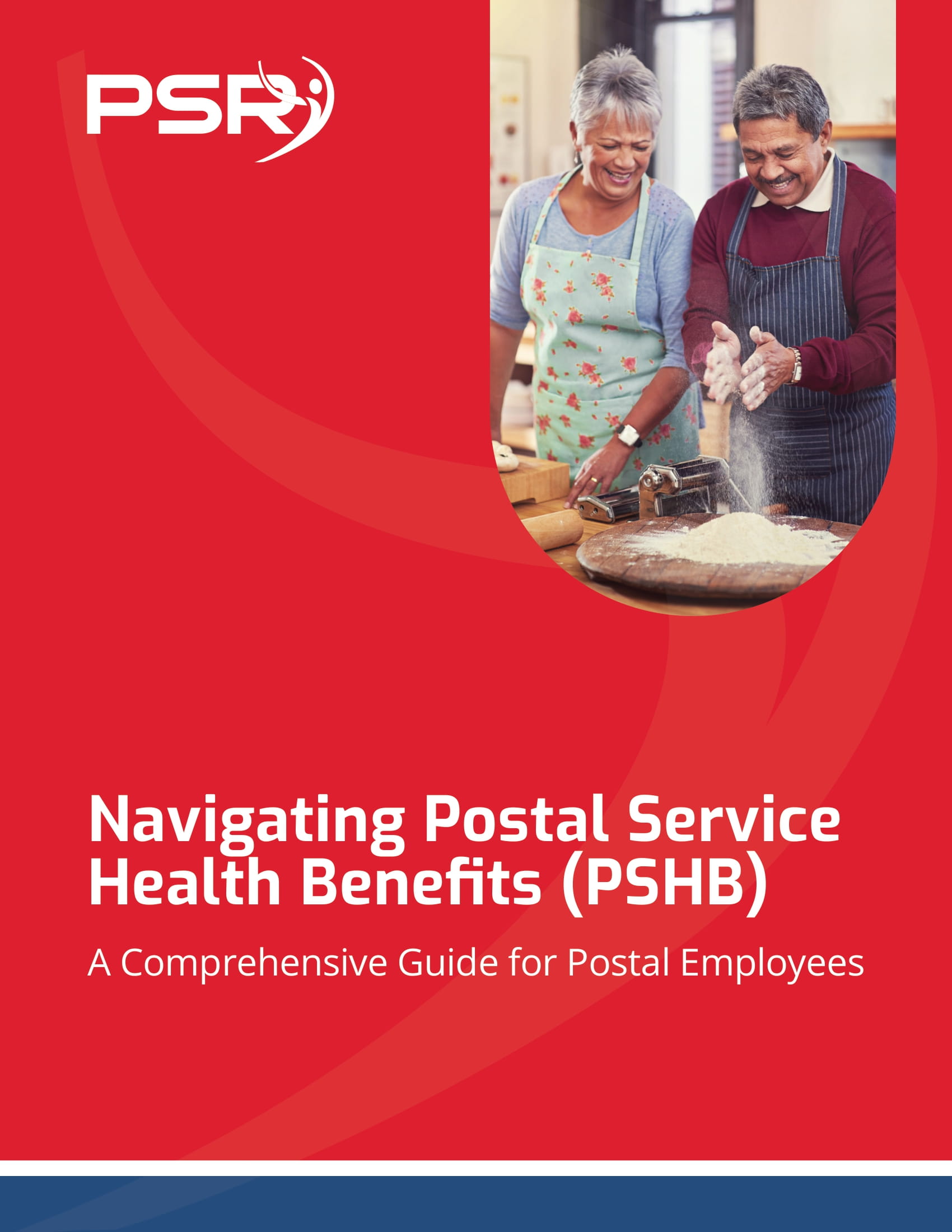A recent report has tried to find out that the SES federal employees are happy in which agencies and which of the agencies offer the least satisfaction. The report also digs up the reasons why SES employees leave their jobs. The report highlighted the need for hiring more SES employees as a huge chunk of them would retire in the next few years.
 Satisfied and Dissatisfied SES Federal Employees
Satisfied and Dissatisfied SES Federal Employees
- Also Read: New Rules for Federal Employees in 2025: What You Need to Know to Stay Ahead
- Also Read: Seven TSP Fund Allocation Strategies Federal Employees Are Using to Strengthen Their Retirement Portfolios
- Also Read: Military Buyback for Federal Employees: Is It Really Worth It? Here’s What You Need to Weigh Up
The Reasons for Leaving the Jobs
The report also found out the main reasons why the SES employees quit their jobs. The biggest reasons were organizational culture, political environment, and senior leadership. It is pertinent to add here that salaries or dissatisfaction with the current pay structure was further down on the list.
Boosting Morale
One of the respondents pointed out that recognition and culture were key aspects to boost employee morale. The respondent highlighted the fact that President Obama’s meeting with SES employees that was held in November 2014 was a huge plus. The respondent meant that it motivated the SES employees a lot.
SES in Jeopardy
The report also pointed out the sad fact that the SES is currently in jeopardy as most of the SES members would be retiring in the next 10 years. The report also mentioned that just around half of federal employees who have GS 14 and 15 ranks have expressed interest in filling up the SES ranks that are soon to be vacant. Hence, there is a need to fill up a lot of empty SES posts in the near future.
The Corrective Measures
The report was not only focused on finding out the problems, it also offered solutions. It demonstrated that how agencies are doing well in culture, performance management, and recruitment. It pointed out which agencies were lacking in these areas and how they can improve their performance so that the overall health of the SES and satisfaction of federal employees can be improved government-wide.









